Visiting the gate of Ba Lat Nam Dinh, visitors not only hear thrilling legends but also be overwhelmed by the vast and immense scenery of heaven, earth, rivers and sea.
Nam Dinh Ba Lat estuary is also known as Ba Lat estuary where the Red River flows into the East Sea. Coming here, visitors can not only admire the wild beauty of Ba Lat estuary, but also hear about many beautiful stories as well as thrilling legends here.
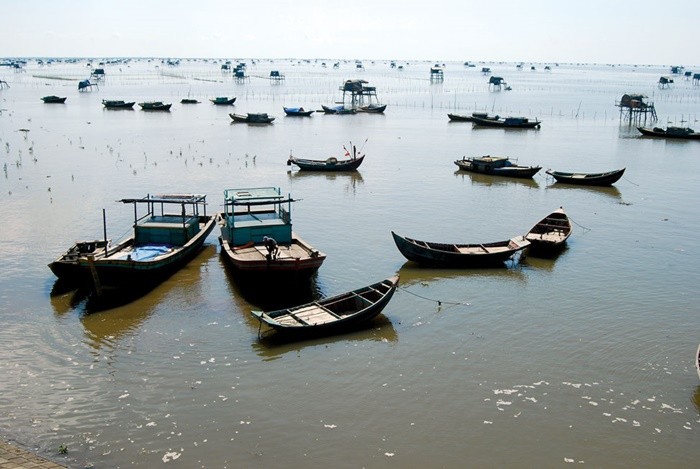 Peaceful Ba Lat Gate
Peaceful Ba Lat Gate
Where is Ba Lat Gate in Nam Dinh?
Nam Dinh Ba Lat estuary is an estuary in the North of Vietnam – where the Red River flows into the East Sea. Ba Lat estuary is located in the North – Giao Thien commune – Giao Thuy district – Nam Dinh province. The South borders with Nam Phu – Tien Hai – Thai Binh communes. The land right on the north bank is Con Vanh in Tien Hai district, the land right on the south bank is Con Lu in Giao Thuy district. Previously, Ba Lat gate was an important waterway gateway to Thang Long and now it is the natural boundary between Nam Dinh and Thai Binh provinces.
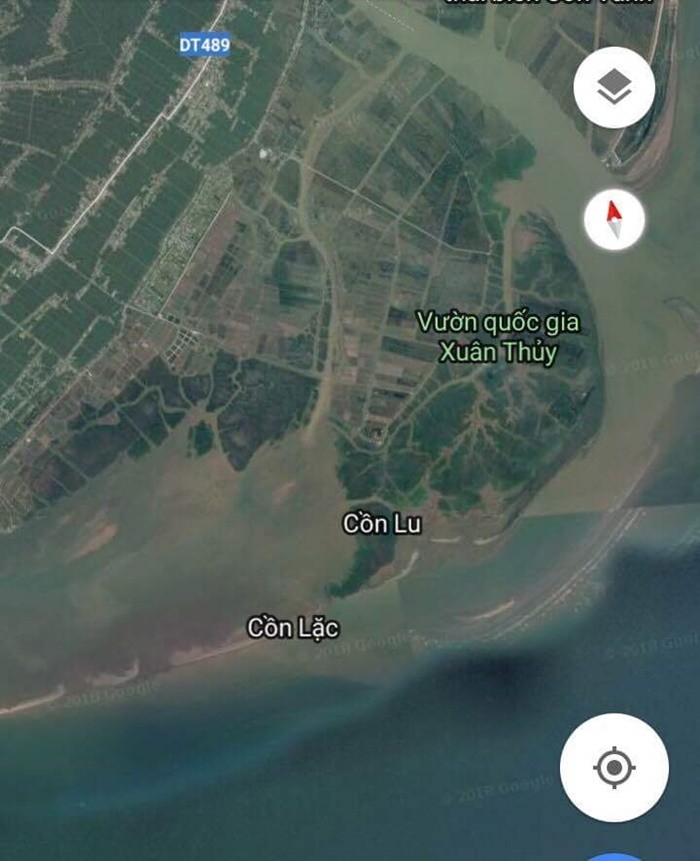 Where is Ba Lat Giao Thuy gate?
Where is Ba Lat Giao Thuy gate?
Legend of the gate of Ba Lat Nam Dinh
The legend of Ba Lat Nam Dinh door always contains thrilling and mysterious stories. It is often said that the name of Ba Lat gate originates from the bodies of people who died of starvation in 1945, when they were not buried, they had to tie 3 pieces of bamboo and float it into the Red River to reach the large grave in the East Sea. Many others recounted that the name Ba Lat came from ancient times when the river mouth was divided into 3 small branches, not like now. As for some guest documents, it is said that Ba Lat is an old village name.
According to historical records, until the 18th century, the Ba Lat estuary was still a small tributary when the main tributary was the So River with 2 estuaries Lan and Dutch estuaries. In 1787, a great flood flooded the water and opened the Ba Lat gate to become a big gate while the So River was filled. That event was recorded in history as “Ba Lat broke the festival” with many fields and gardens that disappeared when the fertile strip of land appeared.
Ba Lat estuary has an extremely complicated flow with many erratic changes. Every year, this place has certain changes that are not like any other year. At the mouth of the sea, there are many flooded forests, many deep whirlpools and whirlpools. The place at the confluence between the sea and the river, between salt water and fresh water, has created a rich brackish water ecosystem with a very characteristic red-brown alluvium. Since then, lush mangrove forests such as parrots, mangroves, and black tiger trees have been formed with rich flora and fauna.
From the North bank, there is Vanh dune (Thai Binh) owning many aquaculture, fishing and eco-tourism areas. The South bank has Lu dune – Nam Dinh with Giao Thuy National Park – where all species choose to live and develop rare bird species.
 Ba Lat lighthouse
Ba Lat lighthouse
Interesting experiences when coming to Ba Lat Nam Dinh gate
From the beautiful town of Ngo Dong in Giao Thuy district to the estuary of Ba Lat river is a smooth asphalt road running between green and endless fields. Adding the dot of ancient synagogues makes the road to Ba Lat gate closer. Coming here, visitors will feel more clearly about the sea breeze carrying a little salty taste of salt plus the scent of tiger forest, mangrove forest… bringing intimacy and harmony with nature.
 Interesting experiences when coming to Ba Lat gate
Interesting experiences when coming to Ba Lat gate
Visiting Xuan Thuy National Park
In the brackish water lagoons, only black tiger trees and mangroves can survive. The verdant beauty of the mangroves in the middle of the coastal lagoon has painted a majestic picture of nature. The pink river to the mouth of Ba Lat Nam Dinh has been harmonized to form brackish water with very specific colors.
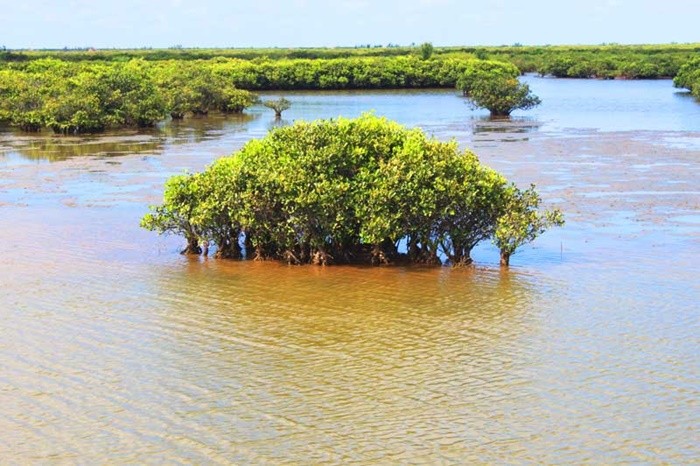 Giao Thuy National Park
Giao Thuy National Park
A whole brackish water area combined with canals, lagoons, mangrove forests, and interlaced tiger forests like spider webs have created this place which is a rich and abundant source of seafood and is also the destination of many species. migratory birds from the North. And that is also the reason that many tourists visit Ba Lat estuary to visit Xuan Thuy National Park and save many beautiful pictures of birds.
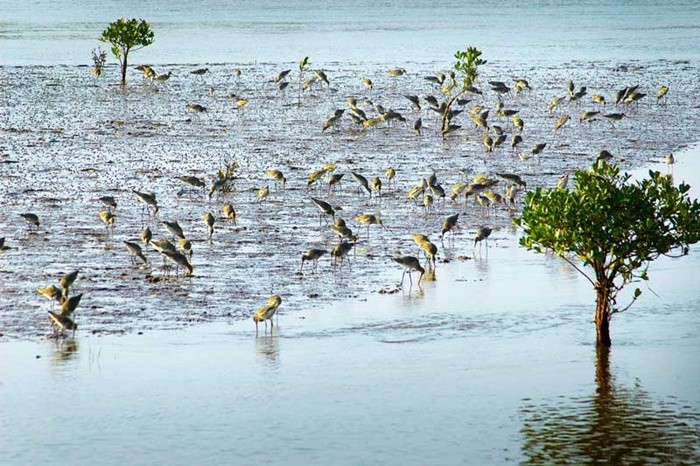 Migration of many species of birds
Migration of many species of birds
See the ancient works by the gate of Ba Lat
Instead of renting a boat to watch on the Ba Lat estuary, visitors can walk and learn about the typical lifestyle, culture, and architecture of the villages by the Ba Lat estuary.
Walking around the riverside villages, visitors will encounter ancient synagogues such as the parishes of Giao Thien and Giao An, which have been around for over 100 years. The old church here is not only splendidly designed but also has a very unique architecture that exudes a distinct beauty. And this is also the land of Christianity.
 Ancient architecture by the gate of Ba Lat
Ancient architecture by the gate of Ba Lat
Experience catching clams, catching fish with the people
By the door of Ba Lat Nam Dinh – where the river mingles with the sea and this is also the land of livelihood and livelihood of many people from generation to generation. And visitors can experience clam catching, fishing with local people to better understand their daily life.
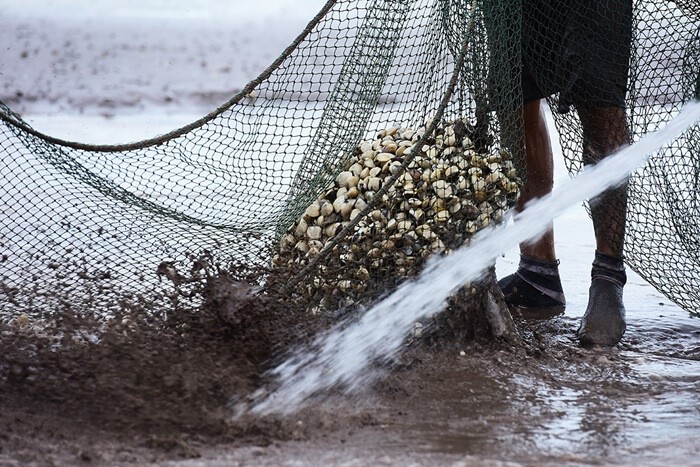 Experience catching clams at the door of Ba Lat
Experience catching clams at the door of Ba Lat
Visitors can participate in raking clams, catching fish, catching crabs… by soaking in mud, brackish water, salt water. And certainly, you will feel the harshness of the sun and wind of coastal residents.
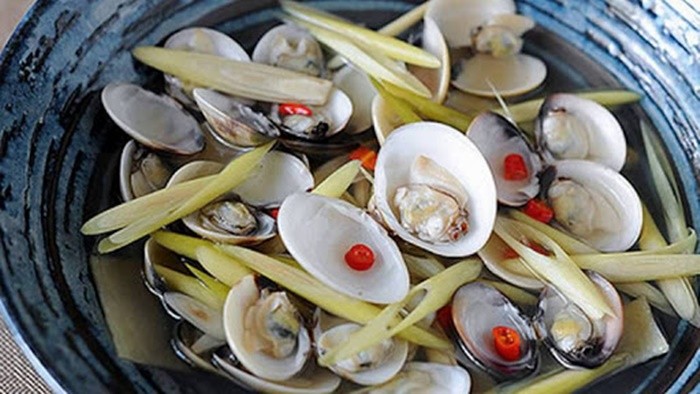 Steamed clams
Steamed clams
In the evening, you can enjoy dinner by the door of Ba Lat with local people with many authentic seafood dishes made from clams, oysters, snails, fish… look very delicious and popular.
And for those who love the wild and natural beauty and like to listen to mysterious legends by the river, Ba Lat Nam Dinh estuary will be an attractive destination for the upcoming trip to Giao Thuy.
Source: Collected internet.